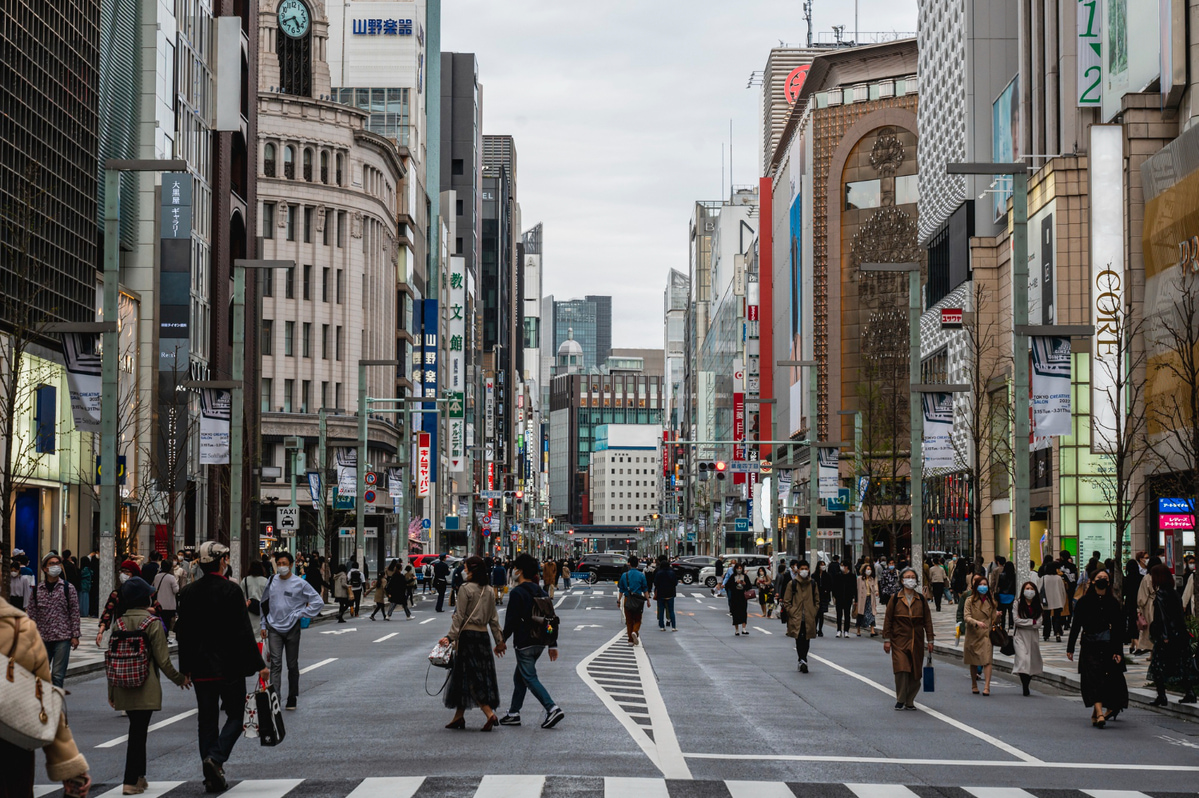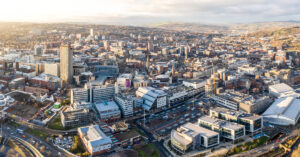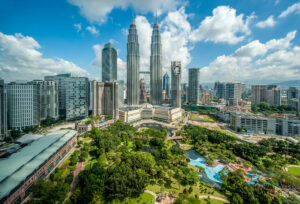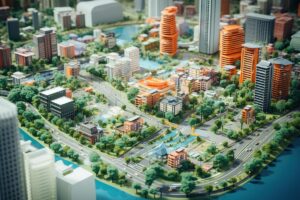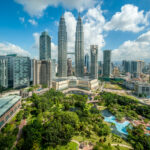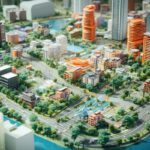Urban sprawl and growing population density in urban centres create the challenge of finding sustainable urban transportation solutions that preserve the convenience of residents while reducing emissions. The traditional car-centric model of cities is no longer a viable option. Therefore, walkable cities become a core design element instead.
In this article, we will explore the benefits and challenges of planning for walkable cities in Malaysia, assess their potential impact on urban communities, and identify potential solutions to the obstacles.
Walkable Cities: Enhancing Malaysia’s Urban Landscape
A walkable city is an urban area or community designed and developed with pedestrians in mind. It prioritises safe, accessible, and visually appealing pathways, sidewalks, and public spaces to encourage walking as the primary mode of transportation.
Walkable cities possess a compact layout and are conveniently located near amenities and services. This layout makes it convenient and enjoyable for people to walk to their destinations, reducing their reliance on motorised transportation.
By embracing this concept, Malaysia can pave the way for a prosperous and sustainable urban future.
The Benefits of Planning for Walkable Cities
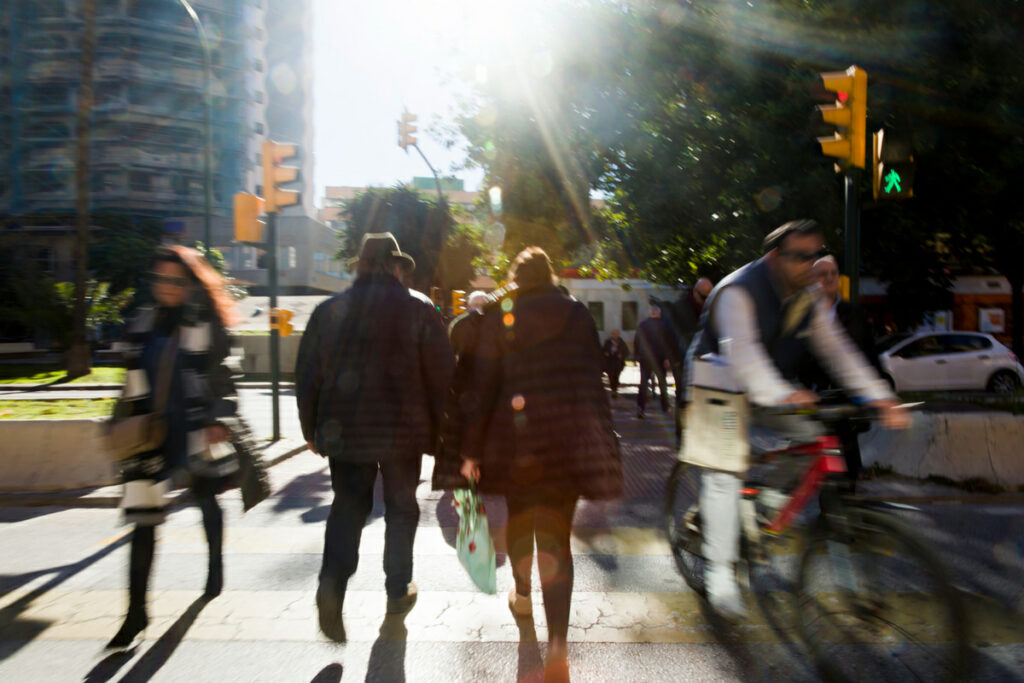
Planning for walkable cities in Malaysia has numerous benefits that align with the broader advantages mentioned earlier. However, there are specific benefits that are particularly relevant to Malaysia’s unique context.
Eliminating Urban Traffic Congestion
Firstly, cities such as Kuala Lumpur face the pressing issue of traffic congestion. By promoting walking as an efficient means of transport, especially for short distances, the number of cars on the roads can decrease, leading to improved traffic flow and reduced congestion.
Preserving Cultural and Historical Heritage
Other than that, walkable cities prioritise areas that showcase local cultural and historical landmarks. Through walking, more people can explore and appreciate Malaysia’s rich cultural heritage and historical sites, contributing to cultural preservation and tourism.
Promoting Health and Well-being
Malaysia, like many countries, grapples with health issues related to sedentary lifestyles and obesity. Fortunately, walkable cities provide opportunities for physical activity, encouraging people to walk or cycle and leading to improved public health outcomes.
improved public health outcomes
Encouraging Active and Sustainable Tourism
Additionally, walkable cities can attract tourists who prefer to explore on foot, opening up opportunities for sustainable and active tourism. By traversing the city’s vibrant streets and neighbourhoods, tourists can better experience the local culture, cuisine, and attractions.
Boosting Local Businesses
Moreover, walkable neighbourhoods in Malaysian cities provide a thriving environment for local businesses. As pedestrian traffic increases, tourists and residents are more likely to visit shops, eateries, and other establishments, contributing to the local economy.
Reducing Air Pollution and Greenhouse Gas Emissions
Lastly, Malaysia, like many rapidly urbanising countries, faces environmental challenges, including air pollution. Promoting walking as a means of transportation can contribute to minimising emissions and improving air quality, fostering a cleaner and healthier environment for all.
Read More: The Role of Urban Design in Increasing One’s Quality of Life
Drawbacks of Planning for Walkable Cities
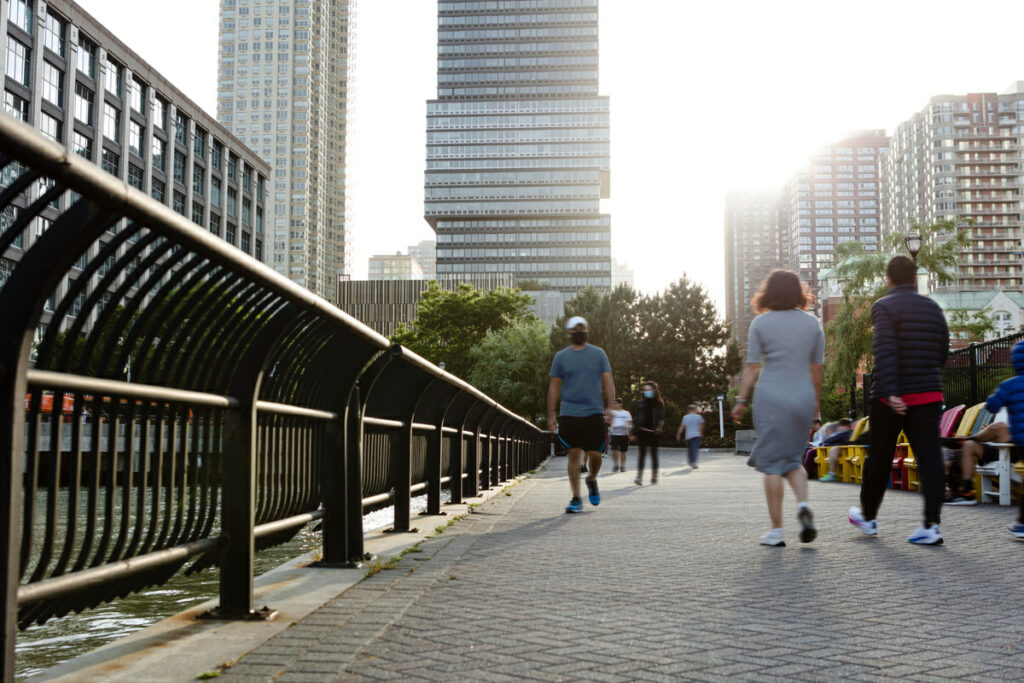
While planning for walkable cities in Malaysia presents numerous benefits, it’s essential to acknowledge potential challenges and drawbacks.
Weather Conditions
Firstly, Malaysia’s tropical climate comes with high temperatures and frequent rainfall. This, however, can pose difficulties in maintaining adequate and secure pedestrian infrastructure. Therefore, addressing these challenges requires sufficient lighting, covered paths, and designs for climate adaptation.
Read More: Climate-Smart Cities in Malaysia: A Response to Climate Change
Urban Sprawl
Next, in some areas of Malaysia, urban growth and decentralised development have already taken place. Planning for walkable cities may necessitate altering the current city landscape, which can provoke resistance from developers or communities with a car-centric mindset.
Nevertheless, these challenges can be overcome by prioritising sustainability and engaging stakeholders.
Cultural Preferences
Moreover, Malaysian communities sometimes view vehicle ownership as a status symbol, making it challenging to prioritise walking over driving. Encouraging cultural shifts and launching awareness campaigns can help persuade people of the need for more pedestrian-friendly lifestyles.
Infrastructure Costs
Besides, transforming existing cities or developing new ones with walkable infrastructure calls for substantial financial investments. Retrofitting areas with pedestrian-friendly amenities, such as wider sidewalks or pedestrian bridges, may require significant funding and long-term planning.
Nonetheless, these investments are crucial for creating sustainable urban environments.
Parking Concerns
What’s more, as cities become more walkable, concerns may arise about reduced parking availability, particularly in highly urbanised areas. Striking a balance between the needs of pedestrians and drivers and providing adequate parking solutions poses a challenge that needs careful planning and consideration.
Safety and Security
Finally, creating walkable cities necessitates prioritising the safety and security of pedestrians. This includes addressing issues such as crime prevention, traffic safety, and proper lighting to make pedestrians feel secure and confident while walking.
Read More: Striving Towards Sustainability: Introduction to Social Impact Assessment
Malaysia’s Urban Future Shaped by Walkable Cities
In conclusion, planning for walkable cities in Malaysia brings numerous benefits, including addressing pressing urban challenges, enhancing community well-being, and contributing to sustainable and vibrant urban development.
By prioritising pedestrian-friendly infrastructure, Malaysia can create cities that are environmentally friendly, enjoyable, and healthy for residents and visitors alike.
As an informed and authoritative brand committed to Malaysia’s urban future, PEQ Consult is dedicated to developing innovative solutions that promote walkable and sustainable cities.
Join us in shaping a brighter and greener urban landscape for Malaysia by engaging with our services and unlocking the full potential of our cities!

